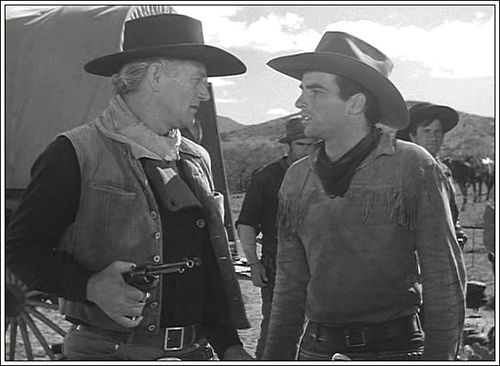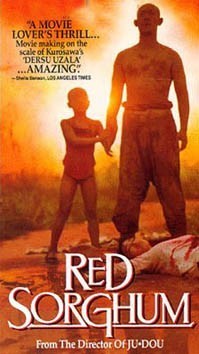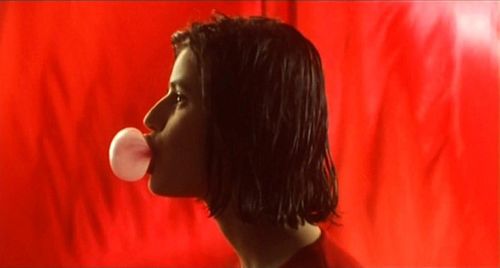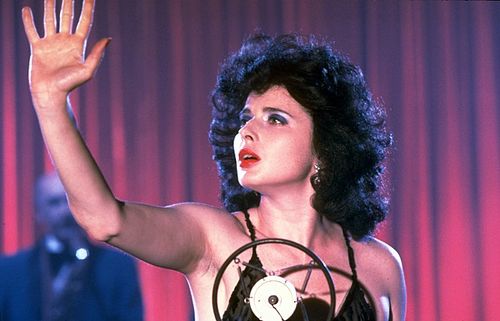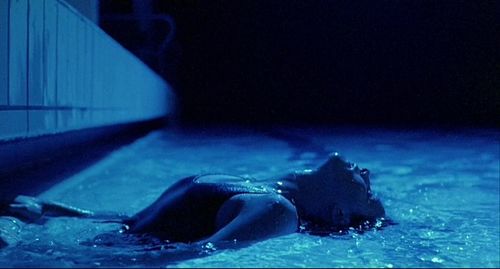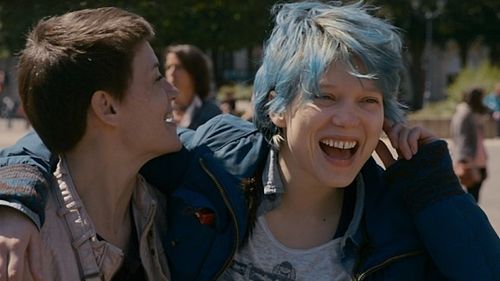Colors related movies: Difference between revisions
No edit summary |
|||
| (6 intermediate revisions by the same user not shown) | |||
| Line 1: | Line 1: | ||
*How the color was used in the movie? | |||
*What are the meanings of each color in the movies? | |||
*How I see the color in the movies? | |||
'''<div style="text-align: left; font-size:40px; color: red;">RED</div>''' | '''<div style="text-align: left; font-size:40px; color: red;">RED</div>''' | ||
===Red River, 1948=== | ===Red River, 1948=== | ||
| Line 21: | Line 25: | ||
[[File:Blue Is The Warmest Color, 2013.jpg|500px]] | [[File:Blue Is The Warmest Color, 2013.jpg|500px]] | ||
Blue Is the Warmest Colour is also filled with visual symbolism. | The film revolves around Adèle, a French teenager who discovers desire and freedom when a blue-haired aspiring painter (Seydoux) enters her life. | ||
*Blue Is the Warmest Colour is also filled with visual symbolism. The colour blue is used extensively throughout the film—from the lighting in the gay club, Adèle visits, to the dress she wears in the last scene and most notably, in Emma's hair and eyes. For Adèle, blue represents emotional intensity, curiosity, love, and sadness. | |||
'''Reference''' | |||
- [https://www.salon.com/2013/09/21/blue_is_the_warmest_color_author_im_a_feminist_but_it_doesnt_make_me_an_activist/ “Blue Is the Warmest Color” author: “I’m a feminist but it doesn’t make me an activist”] | |||
'''<div style="text-align: left; font-size:40px; color: orange;">Orange</div>''' | |||
===オレンジ, orange, 2015=== | |||
Latest revision as of 21:30, 5 November 2018
- How the color was used in the movie?
- What are the meanings of each color in the movies?
- How I see the color in the movies?
RED
Red River, 1948
紅高梁, Red Sorghum, 1988
Three Colors: Red, Trois Couleurs: Rouge, 1994
BLUE
Blue Velvet, 1986
Three Colors: Blue, Trois Couleurs Bleu, 1993
La vie d'Adele, Blue Is The Warmest Color, 2013
The film revolves around Adèle, a French teenager who discovers desire and freedom when a blue-haired aspiring painter (Seydoux) enters her life.
- Blue Is the Warmest Colour is also filled with visual symbolism. The colour blue is used extensively throughout the film—from the lighting in the gay club, Adèle visits, to the dress she wears in the last scene and most notably, in Emma's hair and eyes. For Adèle, blue represents emotional intensity, curiosity, love, and sadness.
Reference
- “Blue Is the Warmest Color” author: “I’m a feminist but it doesn’t make me an activist”
Orange

